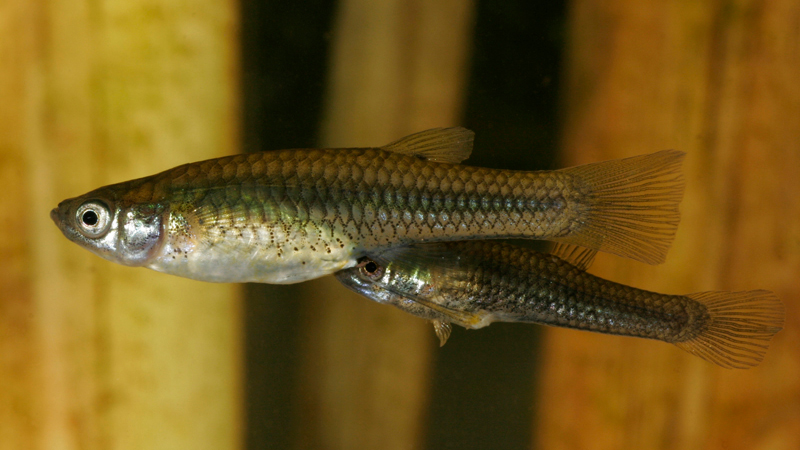I don’t know any poultry fanciers that don’t have a guinea fowl story or two or three. Chickens are where it usually starts as they are the gateway drug. There are so many types of chickens that it is very easy to get excited and before you know it you have 30 chickens and everyone of them is a different breed. Then you may move on to turkeys or geese or ducks…I’m speaking from personal experience here…and then one day maybe you’re in a feed store and they have some young guineafowl called keets. And despite everything you’ve heard for years about guineafowl you purchase some. Oh dear.
There are 4 genera of guineas all found in sub-Saharan Africa. The guineafowl that we purchase in feed stores is Numida meleagris or the helmeted guinea fowl. Have you ever heard anyone call them helmeted guinea fowl? Me either. And if the scientific name looks familiar it is because turkeys are Meleagris gallopavo one of the most convoluted names ever, that translates to guineafowl peafowl, but I digress. Guinea fowl have minds of their own, if indeed they have minds at all. They roam, they lay eggs wherever and they are LOUD.
So now you know, but I doubt any of this will stop you from someday going into a feed store looking for some chicks, but leaving with a box of keets. Oh dear.



Petey cruises dirt roads along the east side of the Dragoon Mountains looking at rubble and plants.

I have had the Gila topminnow going around in my brain for months and this poem may be a work in progress, but I...

I was reading a Christmas card from some very dear friends and in the hand written portion of the card it mentioned this season...